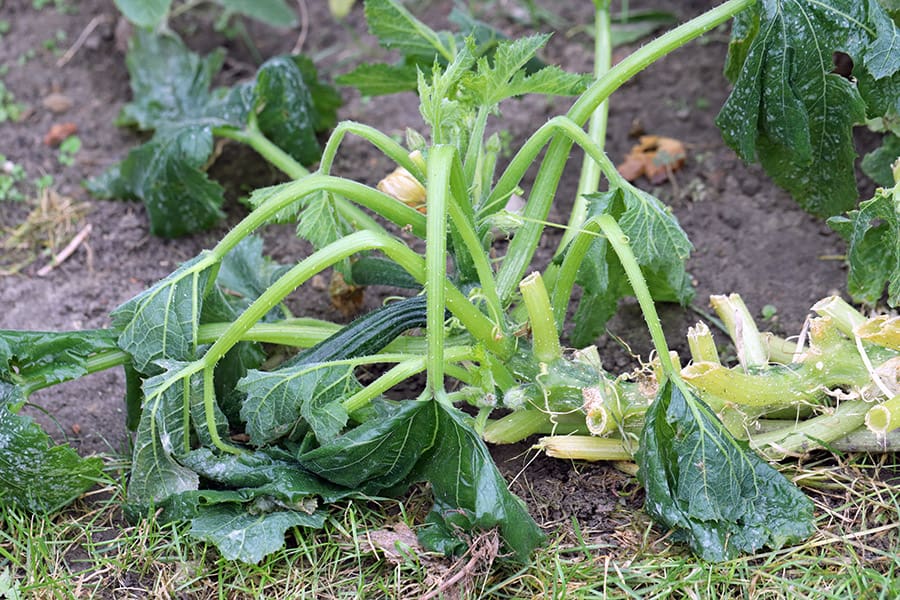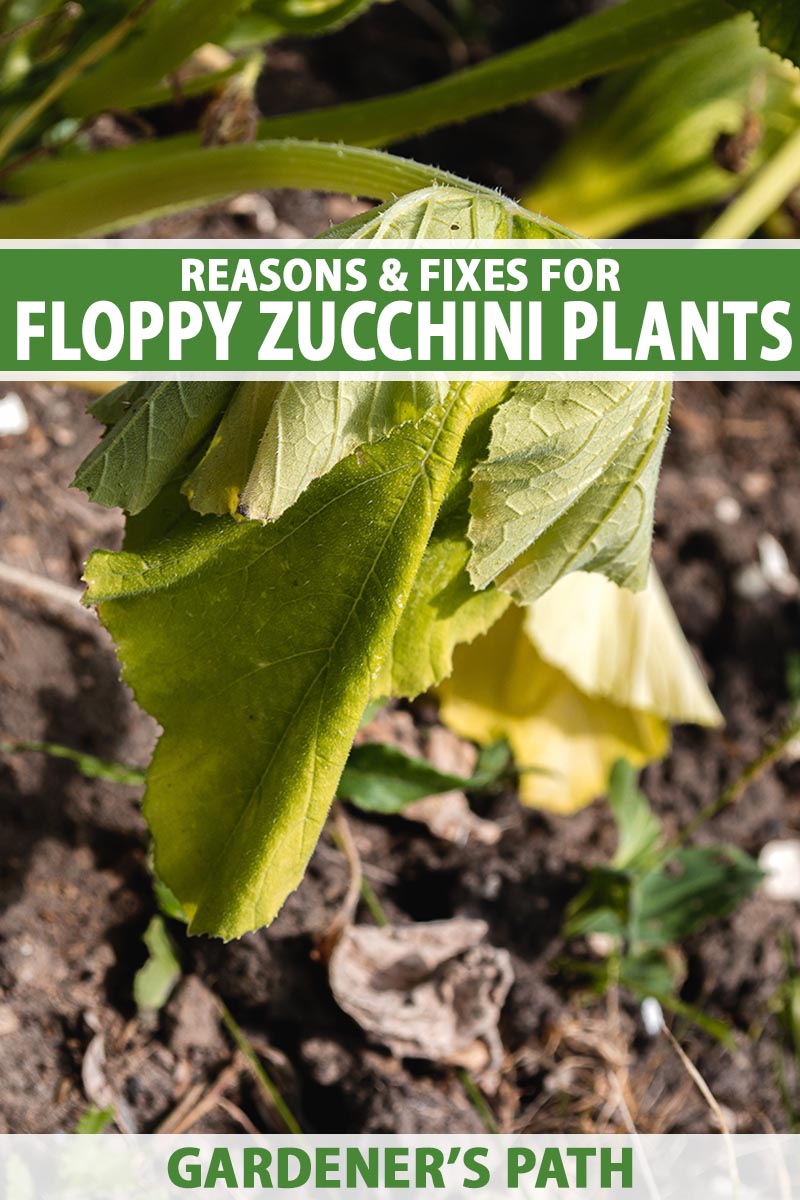Have you found yourself wondering why your beloved zucchini plants are suddenly facing a mysterious decline? It can be disheartening to see your once-thriving plants withering away before your eyes. In this article, we will take a closer look at the possible reasons behind the decline of zucchini plants, helping you to better understand and tackle this issue. From environmental factors to pest infestations, we will explore the various factors that may be contributing to the demise of your zucchini plants, providing you with valuable insights to revive their health and ensure a bountiful harvest.
Understanding the Reasons Behind the Decline of Zucchini Plants
If you’ve been wondering why your zucchini plants are not thriving as expected, there could be a variety of reasons behind their decline. In this article, we will explore some of the most common factors that contribute to the poor health of zucchini plants. By understanding these factors, you can take appropriate measures to address them and help your zucchini plants flourish.
Insufficient sunlight
Sunlight plays a crucial role in the growth and development of zucchini plants. Insufficient sunlight can hinder their ability to produce healthy leaves and robust fruit. Zucchini plants require a minimum of 6-8 hours of direct sunlight each day to thrive.
You can assess if your plants are receiving adequate sunlight by observing their growth and appearance. If your zucchini plants appear weak, have smaller leaves, and produce fewer blooms or fruits, it may be a sign that they are not getting enough sunlight.
To address the issue of insufficient sunlight, consider relocating your zucchini plants to a sunnier spot in your garden. Alternatively, if your garden lacks areas with sufficient sunlight, you may need to explore other options such as using containers or raised beds that can be placed in areas with better sun exposure.
Inadequate watering
Proper watering is essential for the health and development of zucchini plants. Inadequate watering can lead to stunted growth, wilting, and even plant death. It is crucial to establish a regular watering routine to ensure your zucchini plants receive sufficient moisture.
Identifying signs of under-watering can help you address the issue promptly. Some common signs include drooping leaves, dry and crumbly soil, and slow growth. To confirm if under-watering is the problem, gently dig into the soil around the base of your plants and check the moisture level.
To effectively water your zucchini plants, ensure that you provide a deep and thorough watering rather than surface-level sprinkling. This will encourage the roots to grow deeper into the soil and improve the plants’ overall water uptake. Additionally, consider installing a drip irrigation system or using a soaker hose to provide consistent and efficient watering.
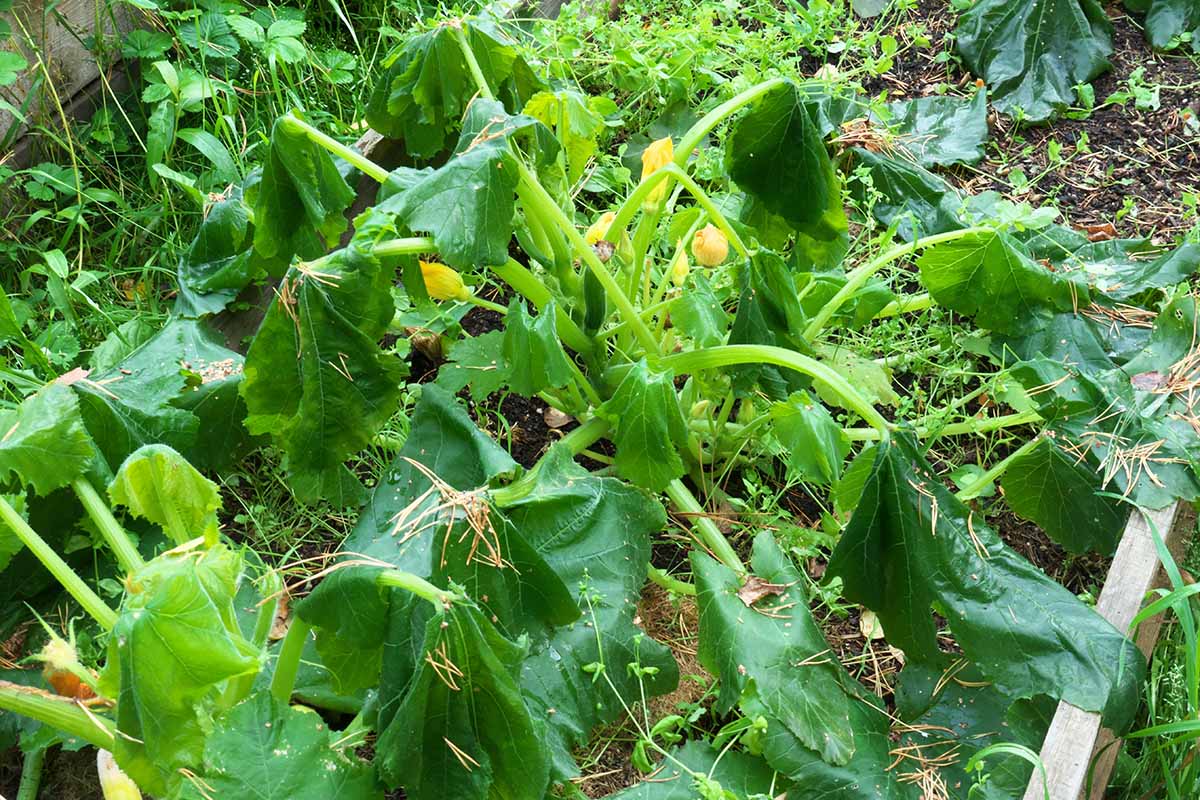
Poor soil quality
The quality of the soil in which your zucchini plants grow significantly impacts their health and productivity. Poor soil quality can result in nutrient deficiencies, drainage issues, and overall stunted growth. Therefore, it is crucial to evaluate the soil conditions and take appropriate steps to improve them.
Testing the soil quality is an important first step. You can use a soil testing kit or send a sample to a local agricultural extension office for analysis. The results will provide insights into the levels of essential nutrients, pH balance, and overall soil composition.
Once you identify the specific issues with your soil, you can take measures to improve its quality. Adding organic matter such as compost, aged manure, or leaf mold can enhance the soil structure, increase nutrient retention, and promote better drainage. Additionally, you may need to adjust the pH of the soil, if necessary, by adding lime or sulfur.
Pests and diseases
Zucchini plants are susceptible to various pests and diseases that can cause significant damage if left unaddressed. Common pests that affect zucchini plants include aphids, squash bugs, and cucumber beetles. These pests can weaken the plants, damage leaves, and reduce fruit production.
To identify signs of pest infestation, regularly inspect your plants for any visible damage, such as holes in leaves, discolored spots, or chewed fruit. Additionally, look for the presence of pests, eggs, or larvae on the leaves or stems of your zucchini plants.
Preventive measures and treatment options are available to combat pests and diseases. Implementing physical barriers such as row covers can help deter pests from reaching your plants. Applying organic insecticides or utilizing beneficial insects like ladybugs or praying mantises can help control pest populations. It is vital to choose treatment options that are safe for both your plants and the environment.
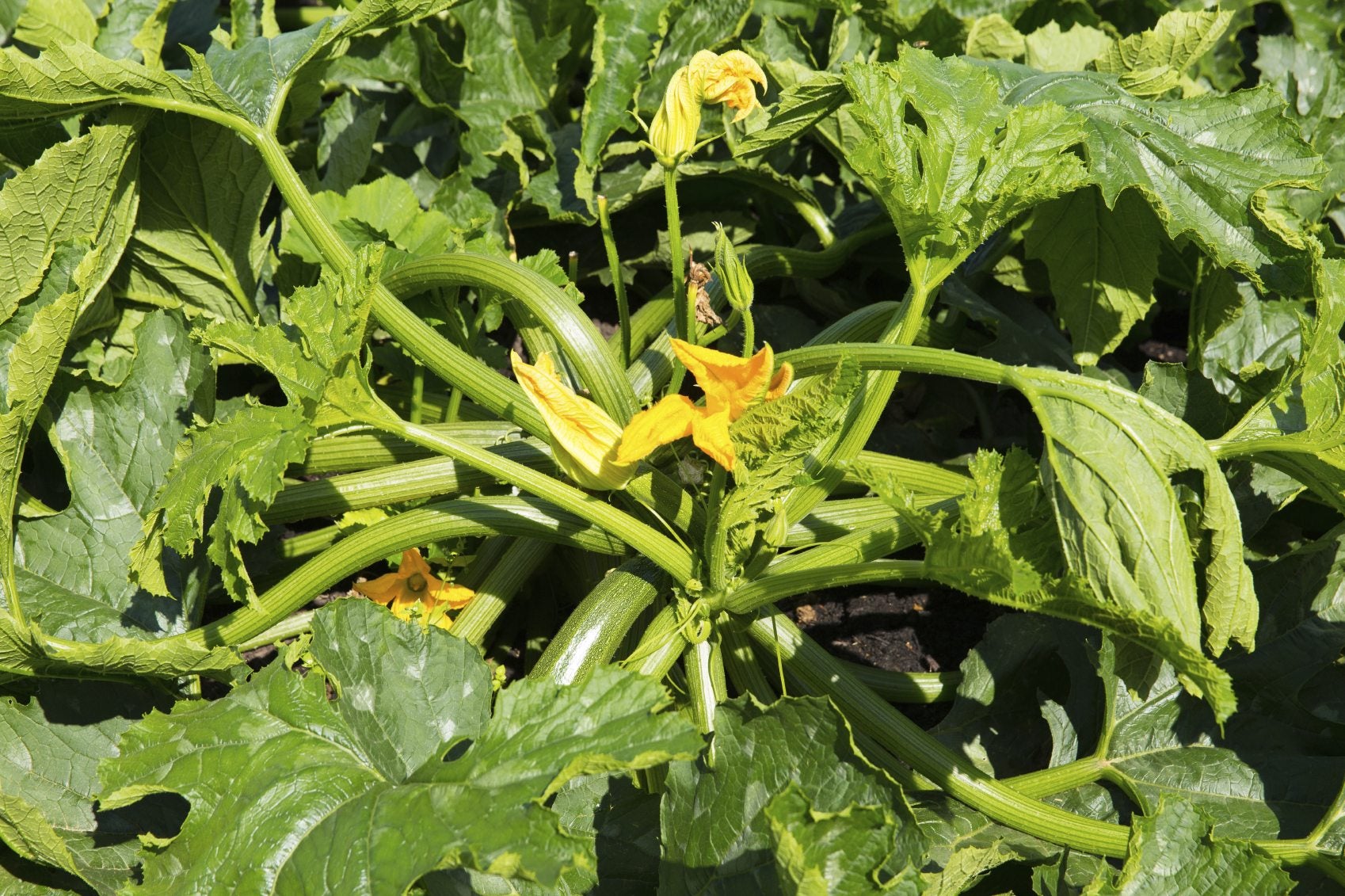
Lack of pollination
Pollination is a vital process for zucchini plants as it ensures the formation of fruit. However, factors such as a lack of pollinators or adverse weather conditions can lead to poor pollination.
To address the lack of pollination, it is essential to understand the importance of pollinators such as bees and butterflies. These insects play a significant role in transferring pollen from the male flowers to the female flowers. Without proper pollination, your zucchini plants may produce smaller or no fruit at all.
To attract pollinators to your garden, consider planting native flowers that provide nectar and pollen. Providing a water source, such as a shallow birdbath, can also attract pollinators. Additionally, you may manually pollinate your zucchini plants by transferring pollen from the male flowers to the female flowers using a small brush or cotton swab.
Overcrowding
Overcrowding in your zucchini patch can have a detrimental effect on the growth and health of your plants. When plants are overcrowded, they compete for resources such as sunlight, water, and nutrients, leading to weaker plants and reduced fruit production.
Signs of overcrowding include restricted airflow, intertwined stems, and stunted growth. If your zucchini plants are exhibiting these signs, it is crucial to take action to manage overcrowding.
You can manage overcrowding by thinning out the weaker or less productive plants. Providing adequate spacing between the remaining plants will allow for better air circulation and nutrient uptake. Additionally, consider rotating your crops each year to prevent overcrowding and maintain healthy zucchini plants.
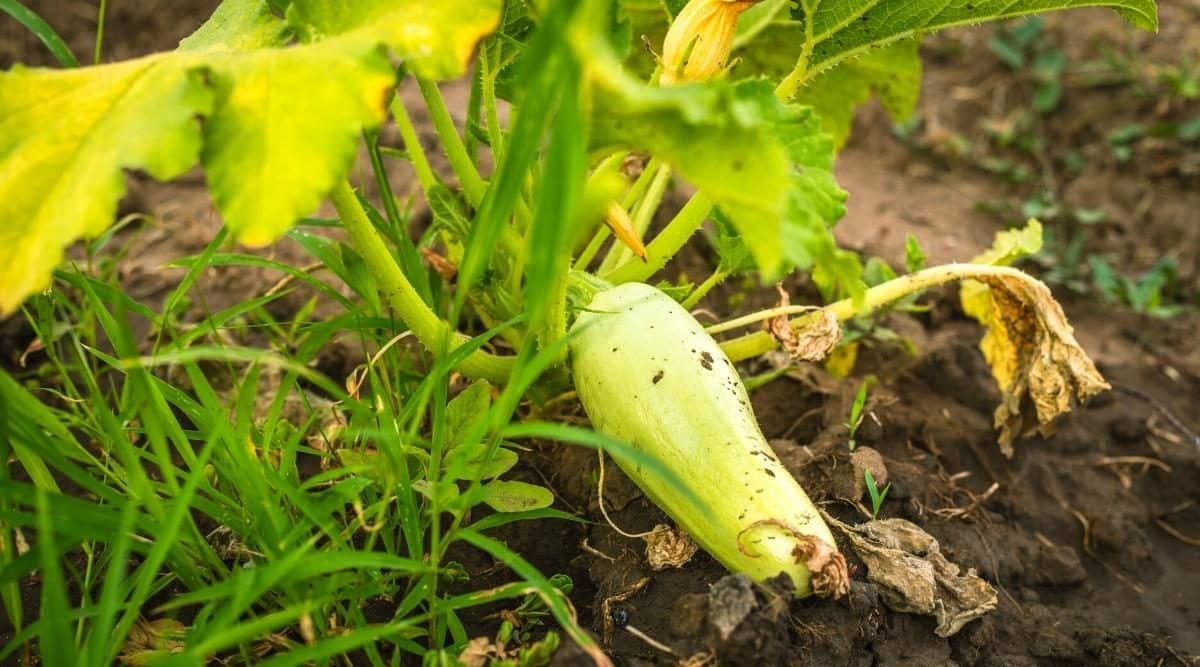
Improper pruning
Pruning zucchini plants is an essential practice that helps promote airflow, control plant size, and encourage better fruit production. However, improper pruning techniques or excessive pruning can harm your plants rather than benefit them.
To ensure proper pruning, it is essential to understand the significance of this practice. Pruning helps remove diseased or damaged foliage, reduces the risk of fungal infections, and opens up space for better airflow. It is important to avoid pruning too much, as this can prevent the plants from developing new foliage and reduce fruit production.
When pruning zucchini plants, avoid removing more than one-third of the plant at once. Focus on removing only the damaged or diseased leaves, stems, or fruit. Additionally, prune in the early morning or late afternoon to avoid stressing the plants during the hottest part of the day.
Extreme temperatures
Zucchini plants are sensitive to extreme temperatures, both cold and hot. Exposure to prolonged periods of extreme temperatures can stress the plants and negatively impact their growth and productivity.
Signs of temperature stress in zucchini plants include wilted leaves, scorched or discolored foliage, and reduced fruit production. It is crucial to recognize these signs and take appropriate measures to mitigate the impact of extreme temperatures.
To protect your zucchini plants from extreme temperatures, consider implementing measures such as providing shade cloth during hot spells or using row covers during cold snaps. Additionally, watering your plants during extreme heat can help cool them down and prevent excessive stress.
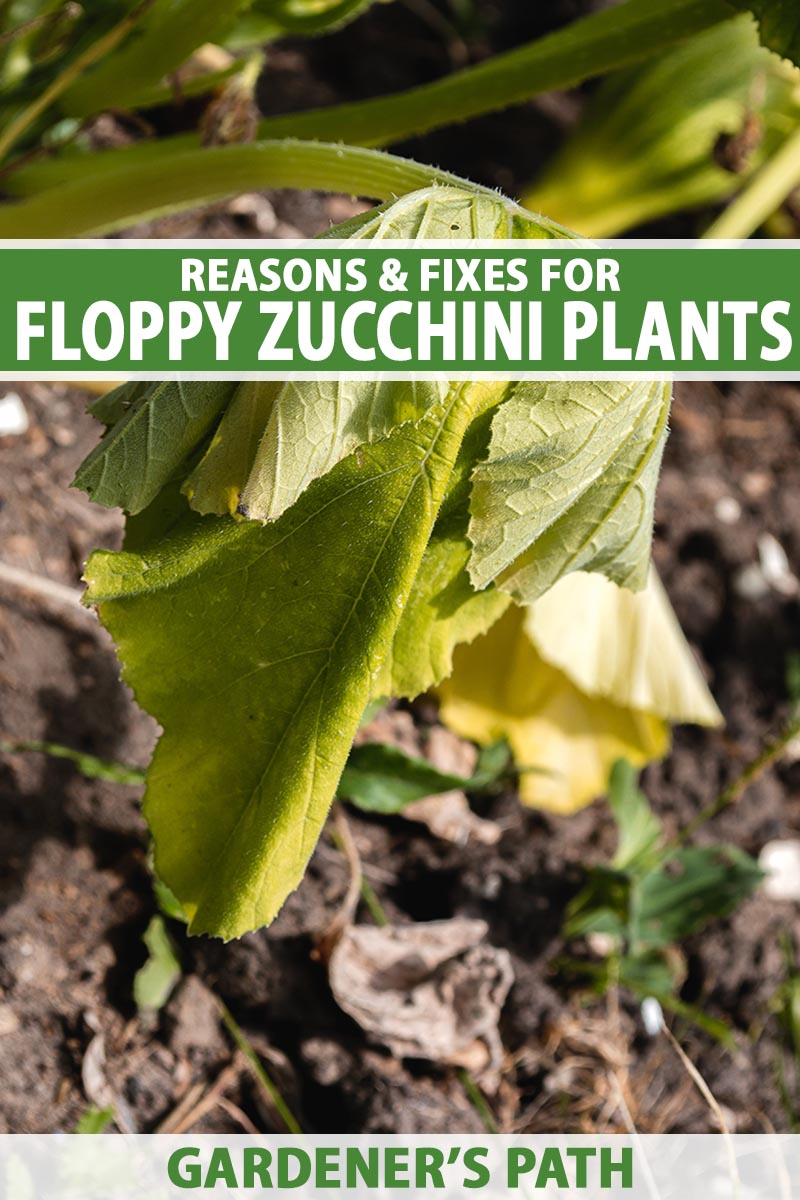
Nutrient deficiencies
Proper nutrition is vital for the health and productivity of zucchini plants. Nutrient deficiencies can lead to stunted growth, yellowing leaves, and poor fruit development. To ensure your plants receive adequate nutrition, it is essential to understand the specific nutrient requirements of zucchini plants.
Nitrogen, phosphorus, and potassium are crucial macronutrients that zucchini plants require in varying levels throughout their growth stages. Micronutrients such as calcium, magnesium, and iron are also essential for healthy plant development.
Regularly monitor your zucchini plants for signs of nutrient deficiencies, such as yellowing or discolored leaves. You can address these deficiencies by applying balanced, slow-release fertilizers or organic fertilizers. Additionally, incorporating compost or other organic matter into the soil can provide a steady supply of nutrients.
Incompatible companion plants
Companion planting involves strategically selecting plants that have mutually beneficial relationships when grown in close proximity. However, some plants are incompatible with zucchini and can negatively impact their growth and productivity.
Incompatible plants for zucchini include potatoes, fennel, and cucumbers. These plants can attract pests or compete for resources, leading to poor overall plant health.
To ensure successful companion planting with zucchini, choose suitable companion plants such as beans, peas, or herbs like basil and oregano. These plants can help deter pests, improve soil quality, and enhance the growth of your zucchini plants.
By understanding the various factors that contribute to the decline of zucchini plants, you can take proactive measures to prevent or address these issues. Providing adequate sunlight, proper watering, and improving soil conditions are foundational steps for healthy zucchini plants. Additionally, managing pests, ensuring proper pollination, and avoiding overcrowding or improper pruning are vital for their overall well-being. By embracing these practices and selecting compatible companion plants, you can help your zucchini plants thrive and enjoy a bountiful harvest. Happy gardening!
